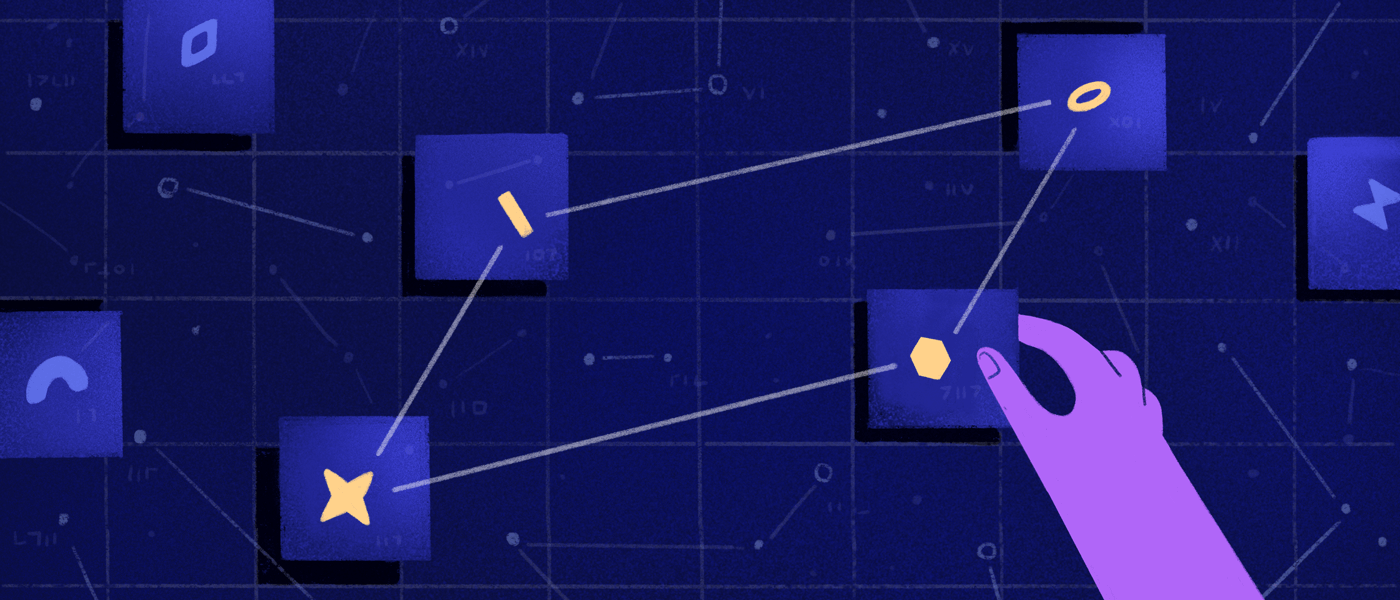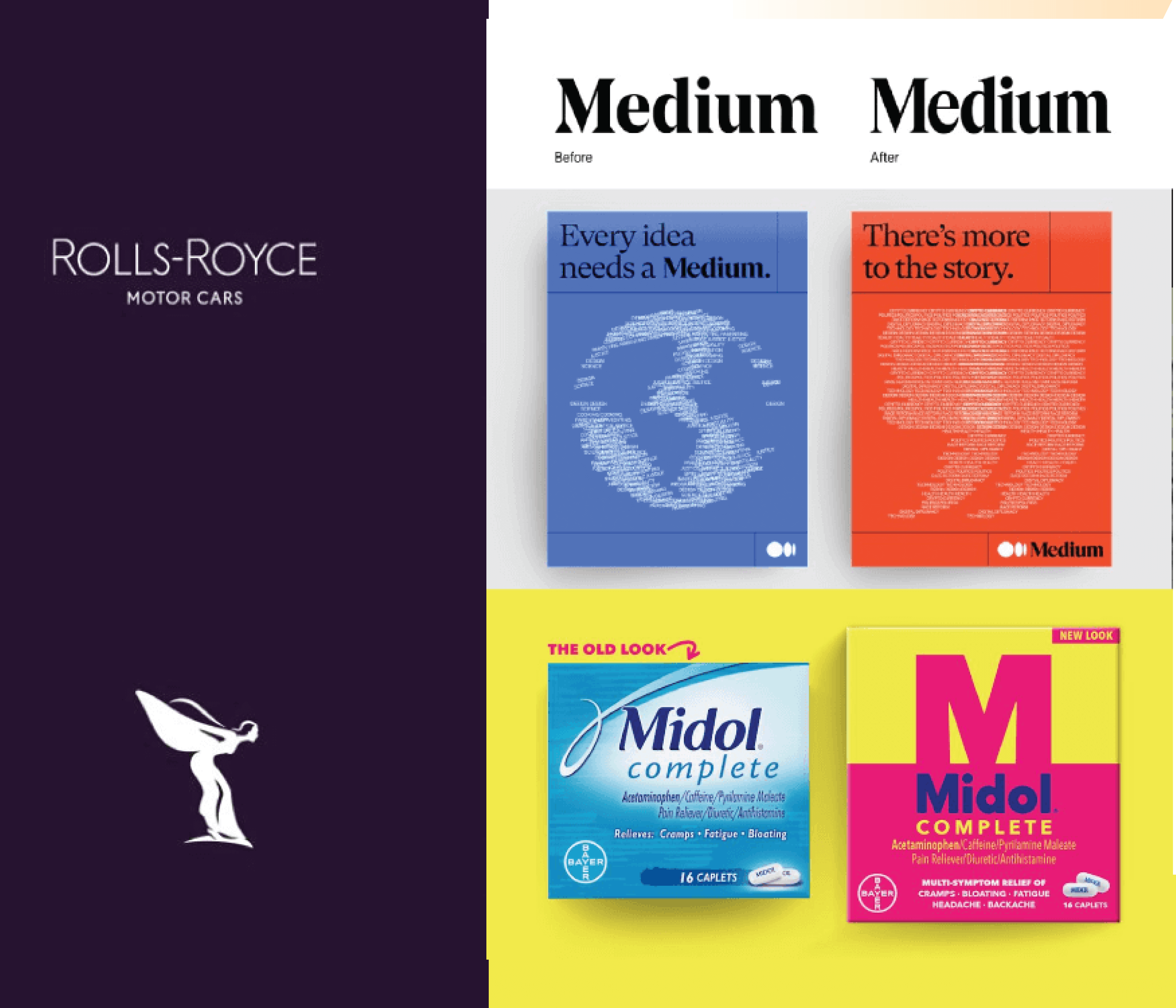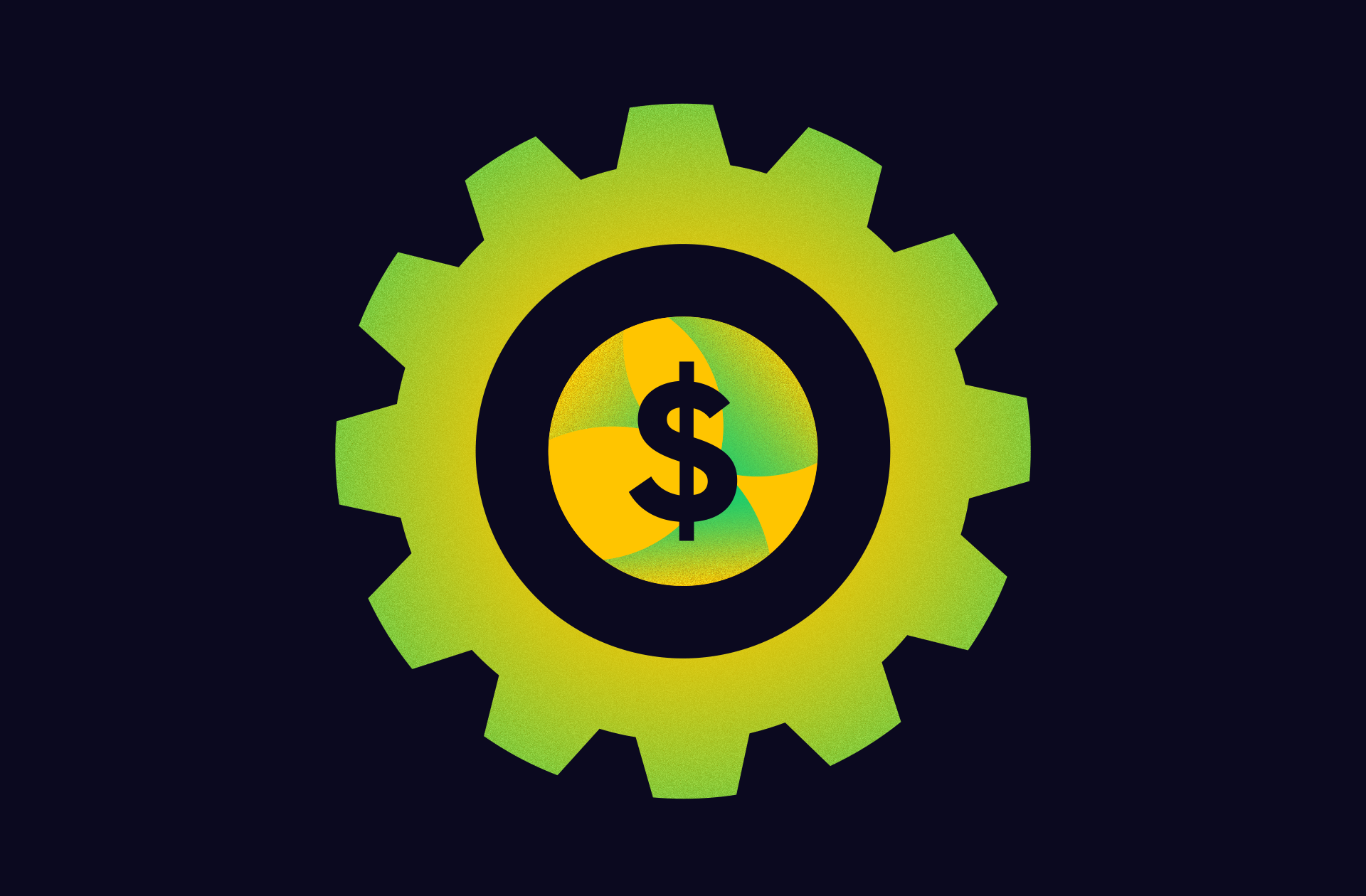Long-form content can be a valuable tool to build relationships with people, but it isn’t always easy to get them to sit down for a full meal—sometimes you need to give them an appetizer or quick snack. That’s why microcontent is such a helpful tool to have in your content strategy. These bits, bites, extracts, teasers, and promo pieces of content are the perfect way to grab attention, engage people, and extend the lifecycle of your content.
Unfortunately, many brands don’t take advantage of them, and thus they’re missing out on big benefits.
What Is Microcontent?
There are many ways you can use microcontent to support your content strategy, but what exactly is microcontent? It’s basically small pieces of content (think visuals like charts, images, quotes, teasers, GIFs, videos, trailers).
How Does Microcontent Help Your Brand’s Content Strategy?
People don’t always have the time, energy, or patience to dive into a full piece of content, so microcontent is a great way to give them the highlights or garner interest in a larger piece of content (e.g., a white paper). Playing to people’s short attention spans can be a challenge, but if you master microcontent, you can inform, entertain, and stun the masses all in one beautiful, short go.
Here are 10 ways microcontent can benefit you and the people you’re trying to reach, along with real-world examples to inspire your next piece.
1) Microcontent Makes Information Easier to Digest
We’re living in a digital age; this isn’t 100 years ago when everyone thought the newspaper was a “quick read.” There’s a time and a place for longer narratives, but microcontent is a way to distill complex information or make a quick point. Remember: Just because you have someone’s attention doesn’t mean you have to use all of it. With microcontent, you can tell your story and transmit your message quickly and easily.
Example: We partnered with A&E History to illustrate random history facts about a variety of subjects. These types of pieces make great fodder for social platforms like Twitter and Instagram.
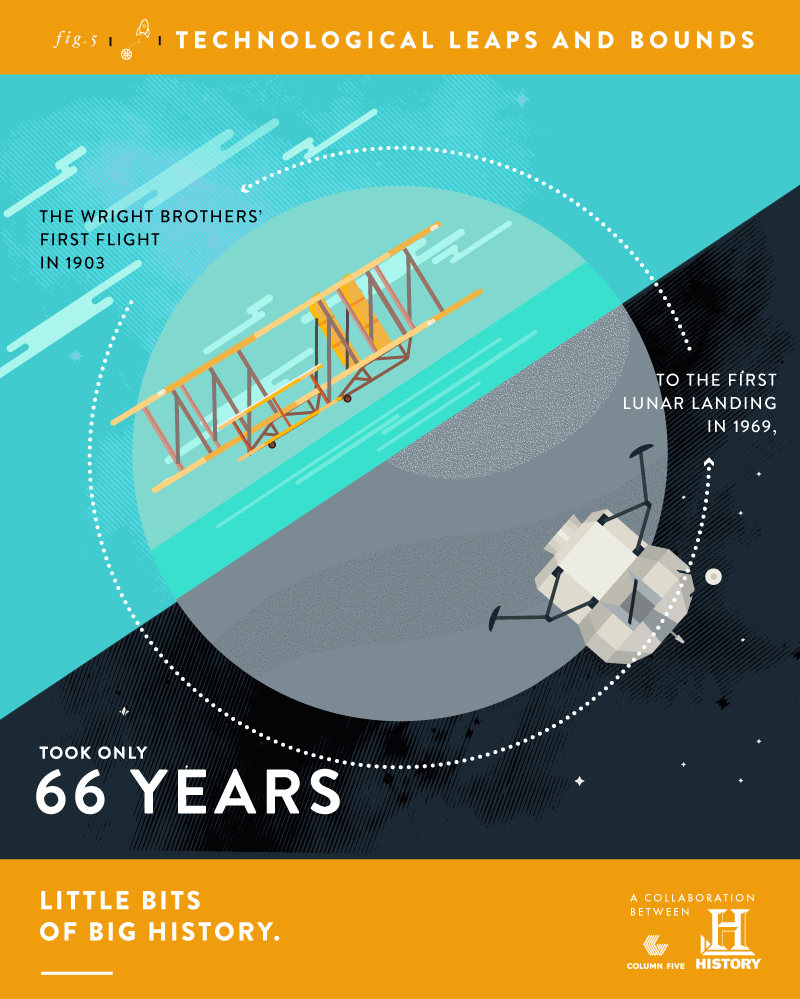
2) It’s Easy to Share
People are already inclined to share knowledge with each other (check out this breakdown on the psychology of sharing to find out why), and social platforms are a particularly powerful place to do that. You want your content to reach the largest amount of people, so it’s in your best interest to optimize your content for sharing. Visual microcontent, such as images or interesting stats, helps you do that. (You can also increase your reach by making sure your owned properties, such as your blog and website, are optimized for sharing.)
Example: To help Microsoft promote the relaunch of Internet Explorer, we created illustrations, comics, and other pieces of microcontent to get the word out.
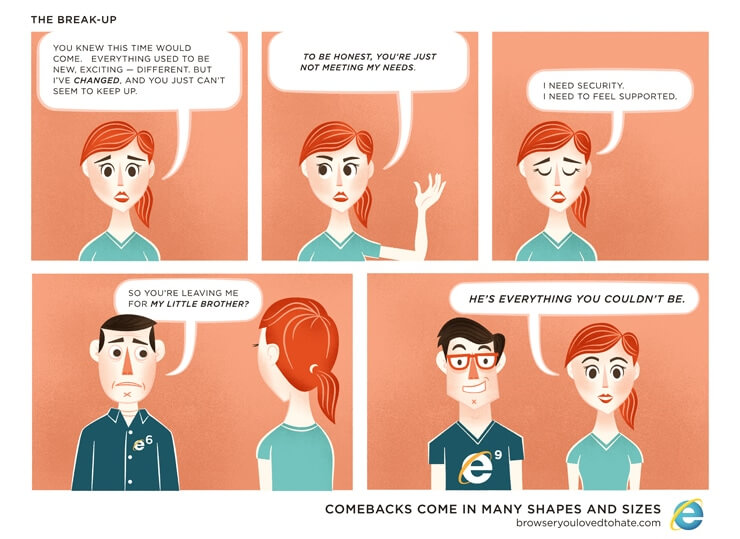
3) It Helps You Promote Larger Pieces of Content
It takes a lot to create content, so you should make the most of what you have. Maximize your content with a divisible content strategy, wherein you create microcontent from cornerstone pieces of content, then use that microcontent to promote the larger content.
With this approach, microcontent becomes the beautiful offspring of a large-scale, in-depth, super-heavy deliverable—like an annual report. It’s a smart and simple approach to get more mileage from content you already have.
Take an infographic, e-book, presentation, or blog post, and distill the bullet points and data sets into smaller pieces for any promotion platform: Facebook, Twitter, Instagram, wherever. Whether it’s a single chart, picture, or sentence, it’s a great tease to get people to check out the original piece.
Example: This graphic is a piece of microcontent that depicts what a divisible content strategy looks like. It just so happens to be taken from our Everything You Need to Know About Visual Content e-book, which you’re welcome to download. (Ah, see what we did there?)
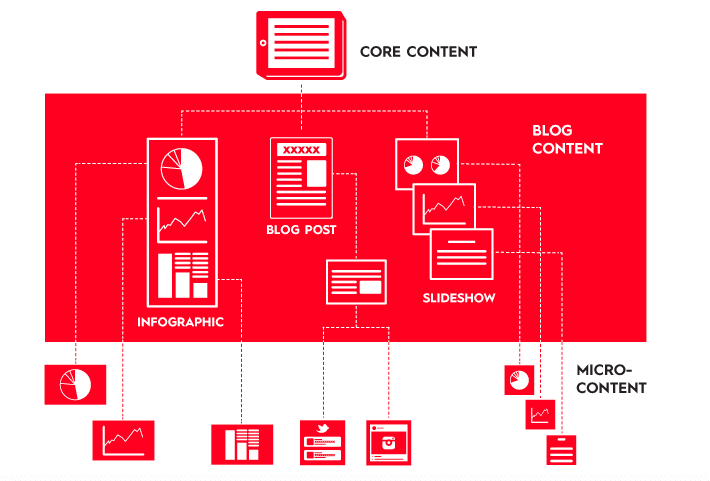
4) You Can Tailor It to Different Groups of People
One piece of content might appeal to different types of people, but you want to give them each an entry point into it. Microcontent is an easy way to diversify your reach and engage with various groups. You can extract pieces that appeal to certain people, or make a few changes to quickly and easily transform the content into something of interest.
Example: We partnered with Experian to create a series of microcontent pieces that explored the different types of music consumers.
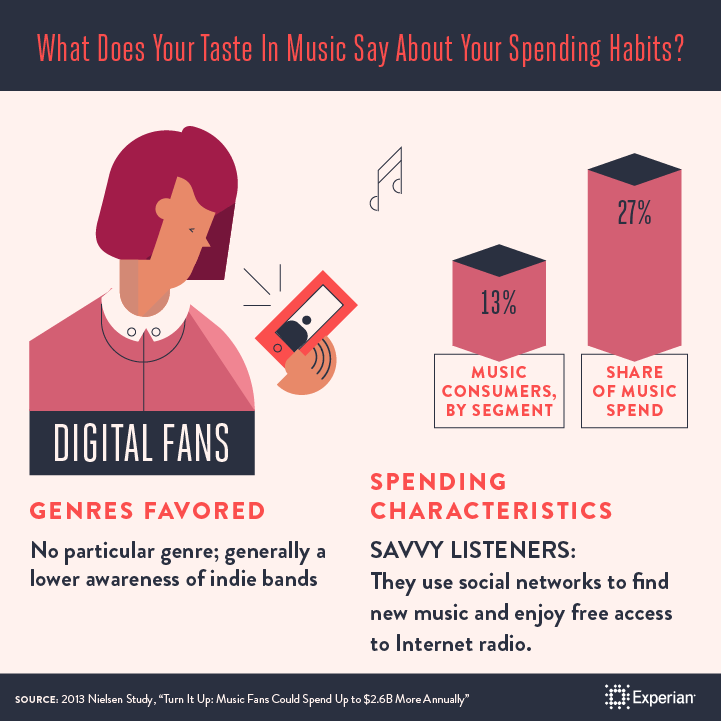
5) It’s an Easy Way to Experiment
Because microcontent is simple, it’s a low-risk way to experiment with content, whether you’re trying an entirely new medium or just mixing up your design style. Unless you’re straight-shooting for a specific brand style, get funky and mix up your design. You might experiment with all sorts of things, whether it’s paper craft, claymation, motion graphics, or photography.
Example: We partnered with Nestle to create a series of stop-motion GIFs that depict Oompa Loompas making Peel-a-Pops. These colorful GIFs captured the whimsy and magic of the product, presented in bright, colorful, eye-catching movement.



6) It Grabs Attention
Since 2000, the average human attention span has dropped from 12 seconds to 8 seconds. So if you want to make a point—and make it known and learned—then make it quick. This is especially true on social media, where it’s easy for content to get overlooked.
Luckily, with microcontent, you can create interesting, exciting, and visually appealing content that captures people’s attention instantly.
Example: We partnered with Takepart to create a series of eye-catching animated GIFs that address the issues veterans face.

7) It Brings Data to Life
Data visualization helps improve the comprehension and retention of data, making it easier for your viewer to consume the data. Numbers alone can be boring, but bringing them to life through microcontent can make a stronger impact. You can easily visualize a single stat or set of data points to share on Twitter—and publishers are especially happy to get their hands on visualized data. If you haven’t designed data before, take a look at our Data Visualization 101 e-book to learn how to design the most common charts and graphs.
Example: Veteran suicides can easily be viewed as just a statistic. We decided to visualize that data in our series of GIFs for Takepart to show just how serious the issue is.

8) It Saves Time, Money, and Resources
One of the best things about microcontent is that it is easy to produce. You’re not gambling your entire quarterly budget on a single piece; you can create a batch of them for a fraction of the cost of a single infographic. (Sometimes thinking up a microcontent idea takes longer than actually creating the microcontent.) If you’re short on resources or your design team is slammed, microcontent is a great way to increase your volume of content.
Example: For static visual content, such as an infographic, it helps to design things modularly. That way single panels can be extracted and used as microcontent, like this data visaulization, which was extracted from a larger infographic for Incapsula.
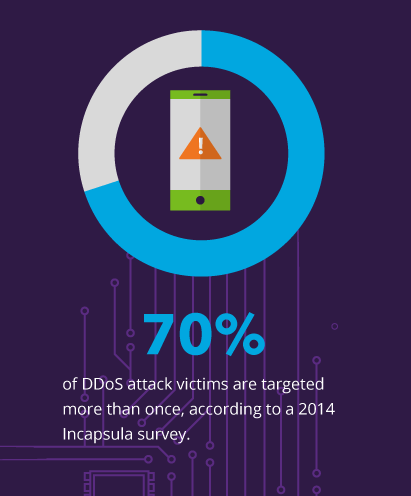

9) It Can Be Used to Enhance Existing Content
Microcontent can be easily repurposed to enhance or supplement other assets you have. For example, a chart may be added to a blog post (as we did with that divisible content graphic), or a graphic might be used in an e-book. Microcontent is also a great way to get featured in publications, as they are always eager for visual content to enhance their stories and features. (Here are more tips on how to get your content picked up in publications.)
10) It Lets You Join Timely Conversations
With microcontent, you can quickly and effectively jump into any newsworthy conversation the moment it’s hot and happening. (Here’s how not to be a jackass about it, though.) A beautiful and interesting graphic, such as a stat, quote card, or graphic, is a great way to meaningfully contribute and engage on social platforms, especially during popular events like the Super Bowl or Oscars.
Example: With the NBA nearing its selection of the year’s MVP, the Golden State Warriors knew their point guard, Stephen Curry, had a solid chance at winning the award. The Warriors really wanted to be prepared with solid visual content once the MVP announcement was made, so we collaborated with their team to help create microcontent for this specific event.
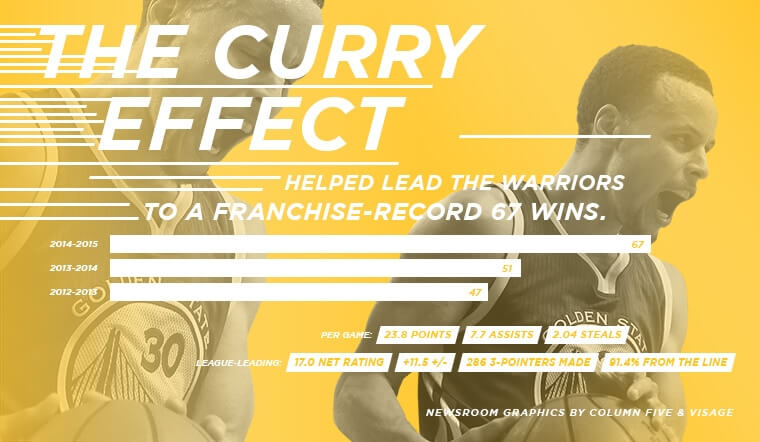
How to Create Your Own Microcontent
Microcontent is an effective way to tell your story to many, keep them interested from start to finish, and, most importantly, make it easy for them to remember what you said. For more tips on making (and benefitting) from microcontent, check out our e-book How to Maximize Publishing With Microcontent.
Of course, we realize not every marketing team is prepared to start producing microcontent ASAP, so if you’re short on bandwidth, we’d be happy to help you out. Just give us a holler if you have ideas, questions, or creative challenges. (It’s what we live for.)

